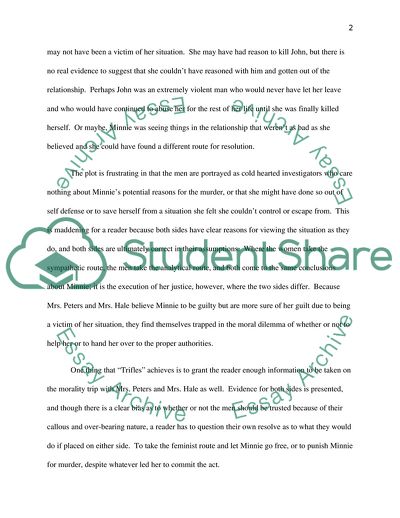Cite this document
(Feminism as Archetype for Overcoming Prejudice Essay, n.d.)
Feminism as Archetype for Overcoming Prejudice Essay. https://studentshare.org/gender-sexual-studies/1772772-trifles
Feminism as Archetype for Overcoming Prejudice Essay. https://studentshare.org/gender-sexual-studies/1772772-trifles
(Feminism As Archetype for Overcoming Prejudice Essay)
Feminism As Archetype for Overcoming Prejudice Essay. https://studentshare.org/gender-sexual-studies/1772772-trifles.
Feminism As Archetype for Overcoming Prejudice Essay. https://studentshare.org/gender-sexual-studies/1772772-trifles.
“Feminism As Archetype for Overcoming Prejudice Essay”. https://studentshare.org/gender-sexual-studies/1772772-trifles.


